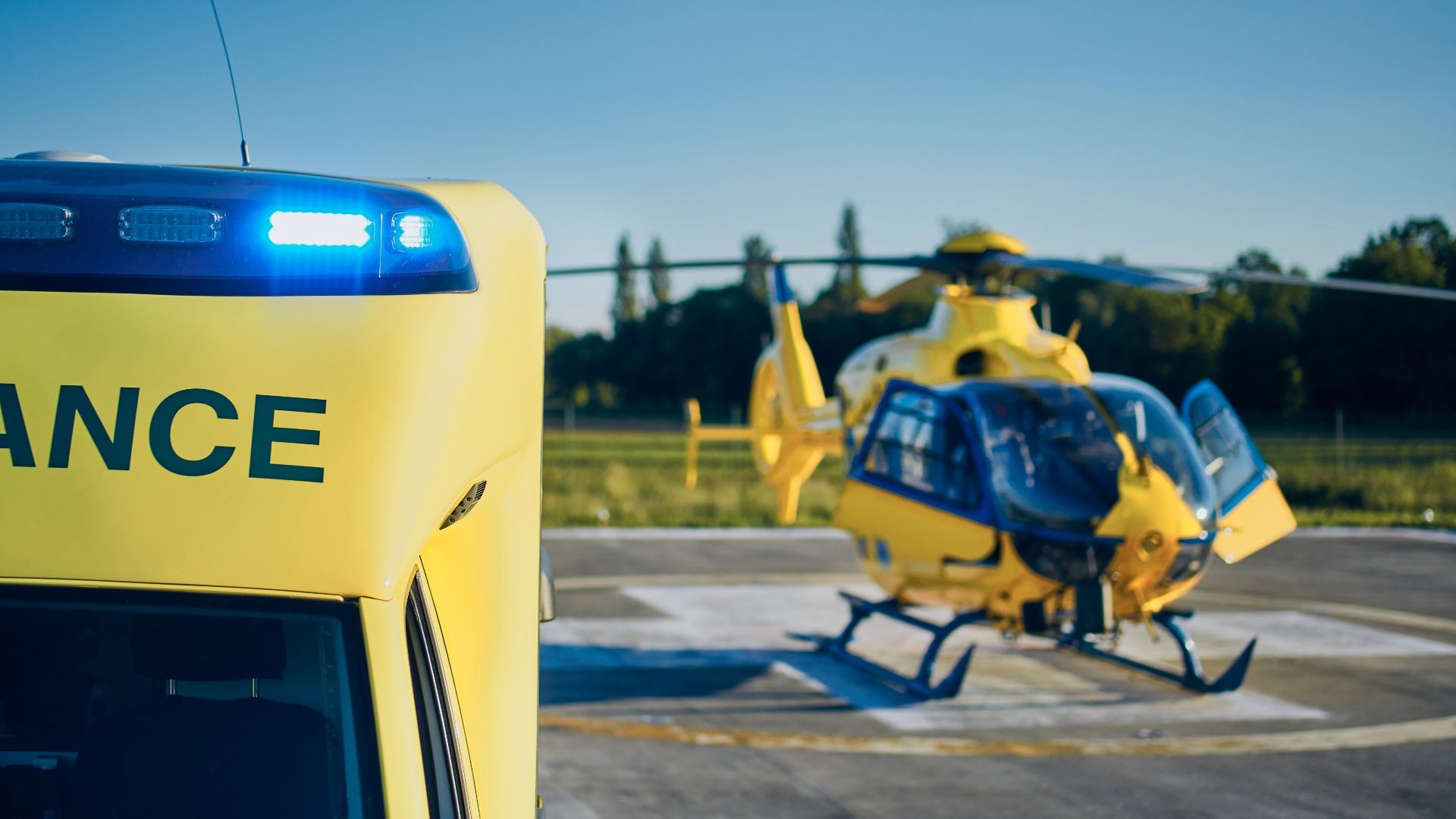Traumatic Facial Injury part 1
 Correspondence with head injury:
Correspondence with head injury:
A lot of the head injury section will correspond with facial injuries due to them being a part of the same structure, the head. This means all of the red flags and assessments required for head injury would have to be considered for facial injury also. A significant traumatic blow to the face would still cause the skull to jolt and shake, causing the brain to potentially have coup and contrecoup injuries, base of skull fracture, etc, leading to TBI.
Facial injuries and fractures:
Facial injuries can range from mild to severe depending on the MOI and surrounding factors. They can present in several forms such as contusions/haematomas, lacerations, dislocation of the jaw, and fractures.
There are several types of facial fractures:
Nasal bones (broken nose):
Nasal bone fractures are the most common type of facial fracture. The nasal bone is made up of two thin bones. It takes less force to break the nasal bones than other facial bones because they are thin and prominent. Signs and symptoms include:
- Deformity
- Nosebleed
- Swelling
- Pain
- Bruising around the nose
- Difficulty breathing
Frontal bone (forehead) fractures:
The frontal bone is the main bone in the forehead area. A high-impact injury to the head can cause a fracture of the frontal bone and floor of the sinuses. The fracture is most likely to occur in the middle of the forehead, that’s where the bone is the thinnest and weakest. An injury may cause the bone to be indented. Substantial force is required to fracture the frontal bone, so often other injuries to the face, skull or brain may be present. Associated problems may include leakage of the cerebrospinal fluid, eye injuries and damage to the sinus ducts. Signs and symptoms include:
- The forehead may appear depressed
- Pain around the sinuses
- Injuries to the eyes